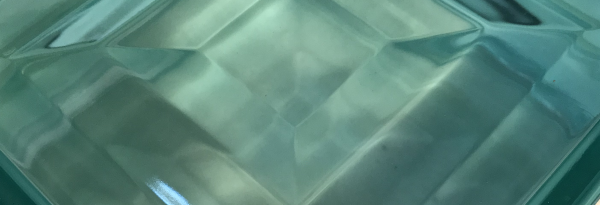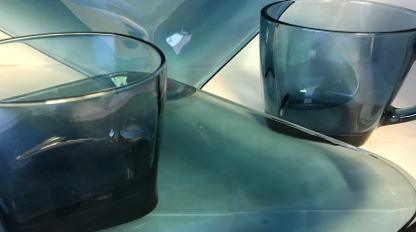Forehearth Coloration Helps Sustainability
Visually attractive, environment-friendly glass

THANK YOU FOR YOUR INQUIRY. OUR TEAM WILL BE CONTACTING YOU SHORTLY.
Glass has the amazing capacity to be both durable and 100% recyclable. Plus, it’s virtually inert and preserves the original taste of the products it contains which makes it an excellent solution for many food products.
These attributes are also ideal for the circular economy pioneered by the European container glass industry, which has made fully integrated glass recycling an essential part of its industrial processes for decades. At the same time, it has been advocating for separate collection systems for glass across the EU. Today, through the European container and tableware glass manufacturer’s federation, FEVE, the industry continues to be a loud voice for encouraging the reuse of glass, and increasing recycling rates.

Here at Ferro, we endorse and support this policy, dedicating research and resources to determine how we can positively impact the sustainability of glass in the circular economy.
One example is the use of forehearth color technology, which we pioneered as a cost-effective way to manufacture colored glass in smaller quantities and produce specialty colors in shorter times, compared to coloration in the glass tank.
The sustainability advantages of Ferro forehearth color concentrates and pearls over traditional in-tank coloration include:
![]()
Improved Productivity
With reduced machine time.

Lower Inventory and Waste
As smaller lots of colored glass can be produced on demand.

Reduced Energy Consumption
As large production tanks in which forehearth color concentrates and pearls can produce colored glass have lower energy requirements per ton of produced glass.
![]()
Lower Shipping Costs
Or conversely shorter shipping distances, as colored glass production can be done locally, rather than in one central plant.
Another sustainability plus: With all the above, benefits, this technology can be used to help glass producers increase their recycling rates by oxidizing capabilities of pearls for glass sustainability. Formulated oxidizing pearls helps to recycle percentage of culets in the glass.

Widely used in many industries and applications, there is a lot of potential in Ferro forehearth color technology.

FOREHEARTH COLOR CONCENTRATES FRITS AND PEARLS

